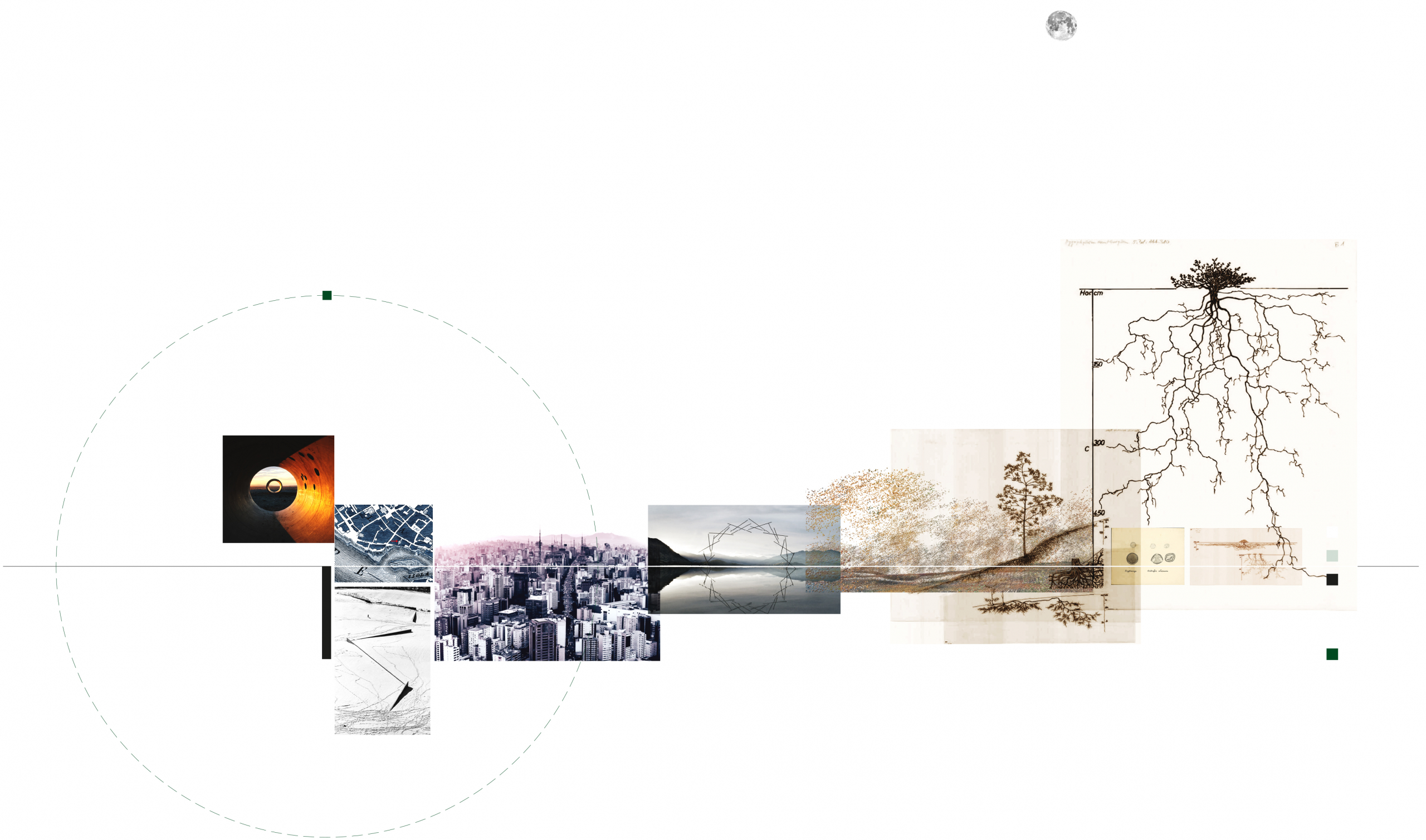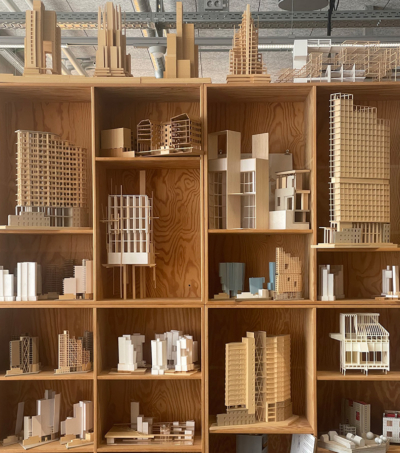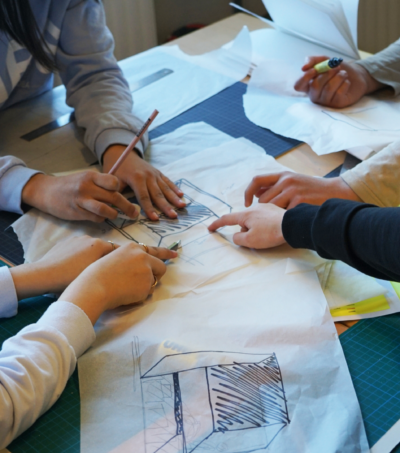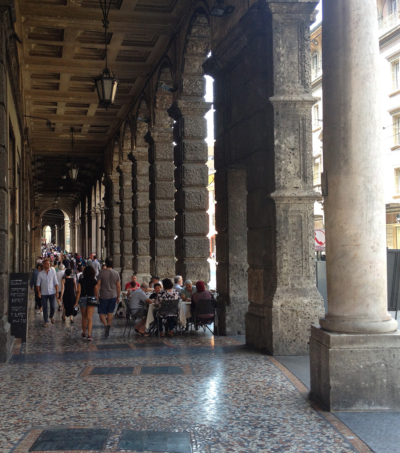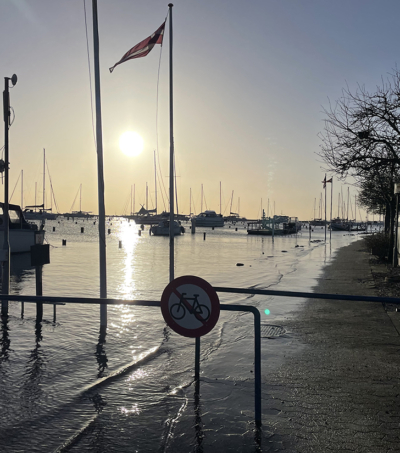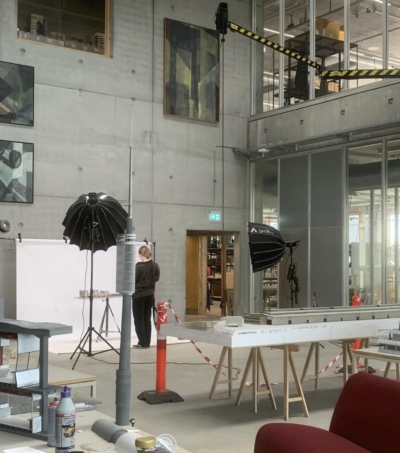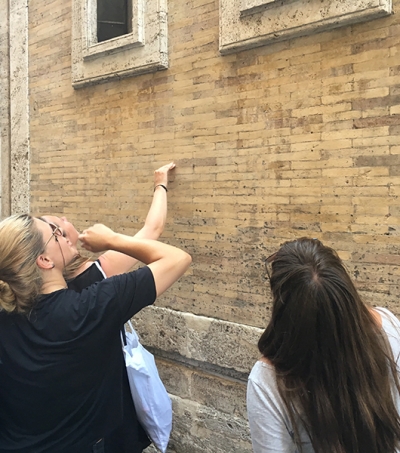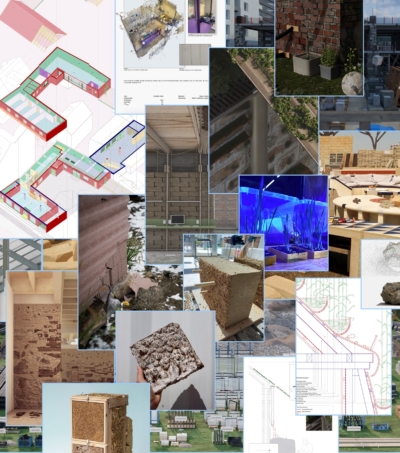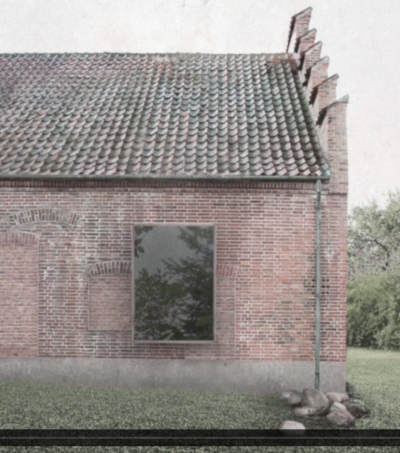 https://aarch.dk/wp-content/uploads/2018/10/Studio-1B.png
1072
1080
Signe Janderup
https://s3-eu-central-1.amazonaws.com/aarchdk/wp-content/uploads/2019/02/03164631/aarch-logo-dark.svg
Signe Janderup2024-09-30 08:16:532025-11-12 10:52:03Studio 1B: Cultural Heritage
https://aarch.dk/wp-content/uploads/2018/10/Studio-1B.png
1072
1080
Signe Janderup
https://s3-eu-central-1.amazonaws.com/aarchdk/wp-content/uploads/2019/02/03164631/aarch-logo-dark.svg
Signe Janderup2024-09-30 08:16:532025-11-12 10:52:03Studio 1B: Cultural HeritageArchitects are facing a need for novel solutions when aspiring to build for a sustainable future. With climate change, the imperative to act accordingly is more urgent than ever. This is not only a technological challenge; it is also a spatial challenge with aesthetic and artistic implications at its very core.
Studio 1F: Emerging Landscapes is founded on creative practices, which insist that climate adaptation, -mitigation, biodiversity, urban- and landscape ecology solutions are of vital architectural concern in the transformation of our surroundings. This calls for tangible and material experimentation together with the discovery of new strategic and aesthetic potentials. The studio insists on strong collaborations with professional artists.
The studio combines the critical agenda of sustainability with the potentials of landscape architecture as a highly sought-after transformative practice. Addressing the climate- and biodiversity crisis is ultimately essential for humans and non-humans. Therefore, it is of critical importance to experiment with alternative ways of addressing these in architectural practices capable of grasping material matters, aesthetic qualities and holistic strategies.
The Studio merges 1:1 experimentation with larger-scale narratives.
The studio is primarily taught in English.
Urban Landscapes
We believe that a big leap towards a sustainable future needs to be taken in the urban landscapes of our cities. Why? Because urbanisation is going on at an unprecedented speed in the 21st century, with more than half of the earth’s human population now living in urban areas. The studio projects are carried out in an urban context, where ‘urban’ and ´landscape´– both the built and the grown – are seen as intertwined in a broader discussion about what constitutes urbanity today.
Context
We trust that context matters. The word context is rooted in the Latin words contextus and contexere, meaning ‘to weave together´. In the studio, context is not only referring to a collection of static features but also to an act of gathering together different otherwise disparate parts: context is both situated and something we do, by weaving together things, ecologies, events, materials, (life)forms and spaces.
Nature
We see nature and culture as interconnected domains forming a common ground. We work with physical and processual systems and multi-scalar, spanning different timescales and crossing human-made boundaries, ranging from the very local to the global, influencing both present and future. Human as well as non-human. That is the nature of urban nature.
Biodiversity
We investigate how the concept of biodiversity can lead to a more significant degree of urban diversity on a local- as well as a broader urban scale. We utilise specific tools to bridge the gap between landscape ecology and architecture. All architectural solutions have implications on how and where we live, how we make room for other living matters and how these are perceived as space and place.
Ecologies
We engage in re-contextualising architecture through ecological thinking and making. With a strong focus on how architectural practices can create interplay and synergies between the built- and natural environment.
Waterscapes
We are water-based. Water has many forms and provides a foundation for most known lifeforms. Climate change comes with changing waterscapes with global and local implications from severe droughts, floods, and sea-level rise. The majority of the world´s cities are located in coastal areas, and considerable parts of important habitats are too situated in coastal areas. This is a call for adaptation and mitigation, which needs architectural responses to provide spatial, social and aesthetic outcomes.
Making
We employ making as a key in artistic and explorative approaches, and new combinations of tools, skills and architectural agency are at the core of informing architectural design and materiality. The teaching consists of both analogue and digital experimentation. For example, digital and physical models, mapping, sketching, spatial analysis, and point-cloud-based methods are a way to grasp the trans-scalar dimensions of the assignments. This goes hand-in-hand with fieldwork and 1:1 experimentation.
Foundations
We think that to truly build new knowledge, we have to stand upon others’ knowledge. Studio 1F provides a unique combination of introducing specific methods and tools to explore alternative architectural solutions. Thus, combining hard sciences, tools and theory to develop both formal and artistic architectural solutions. For example, tools on water management and specific methods from urban ecology and design with nature, which we transform into use in architecture in urban landscapes.
Outreach
We consider collaboration and knowledge exchange as foundational. Our agenda is international, and the studio environment prioritises partnerships with international teaching environments and draws upon our existing national and international networks at Studio Urbane Landschaften, Germany, The Arctic University of Norway, Tromsø and the Swedish University of Agricultural Sciences, Alnarp, as well as relations in the US. The studio set-up is founded on research-based teaching and practice relations such as architectural offices, artists, and transdisciplinary collaborations.
The Faculty
The studio is run by Associate Professors Katrina Wiberg, Stefan Darlan Boris, Martin Odgaard, and Professor Tom Nielsen. All have solid research experience, a genuine interest in the field and are experienced in teaching the subjects.
Together with the University of Aarhus, part of the studio faculty is involved with the Aarhus Landscape Laboratory, which is used for landscape -architectural- and ecological experiments in 1:1.
Here you can hear Martin Hedevang from The Association of Danish Landscape Architects speak on the need for landscape architecture:
Relateret
MÅSKE ER DU OGSÅ INTERESSERET I DETTE
RELATERET INDHOLD
The page you have selected is currently not available in English.

